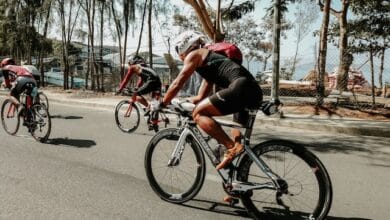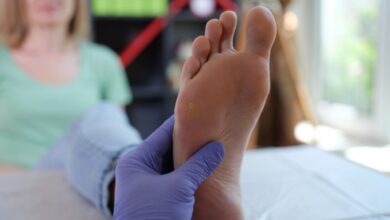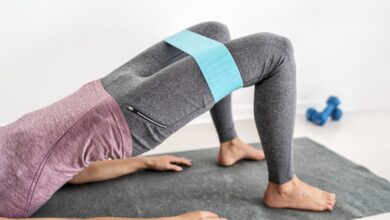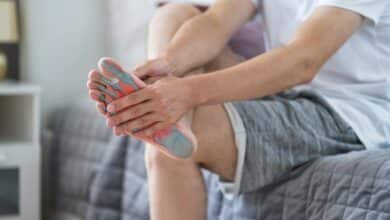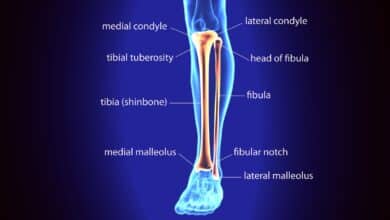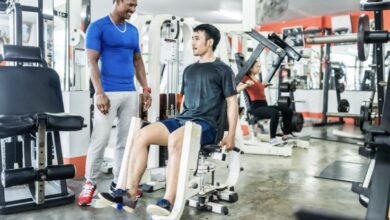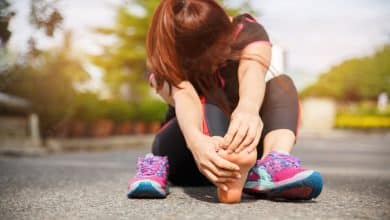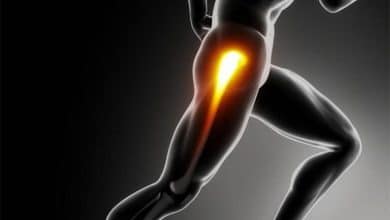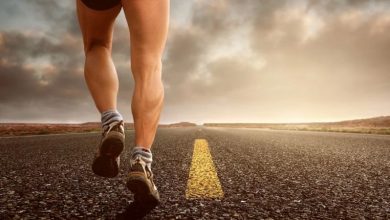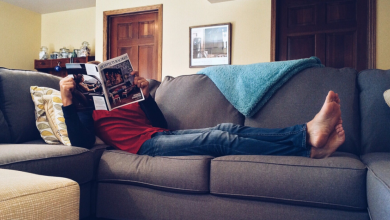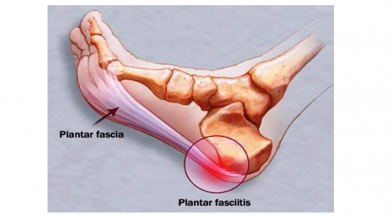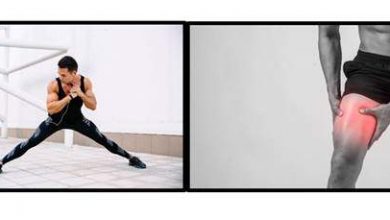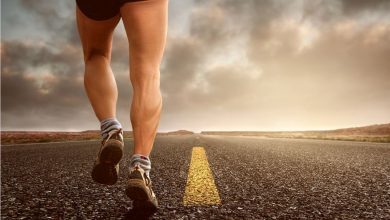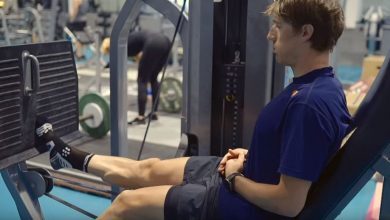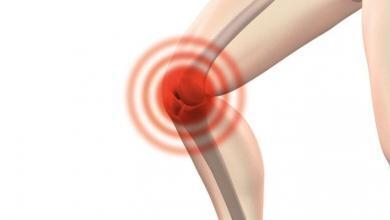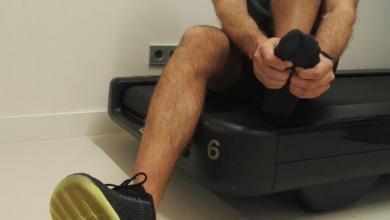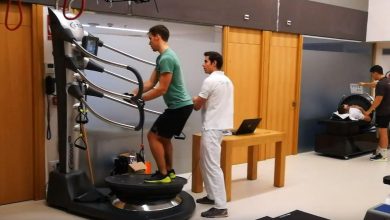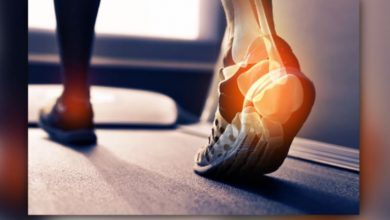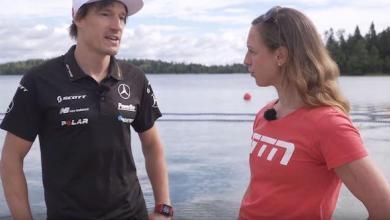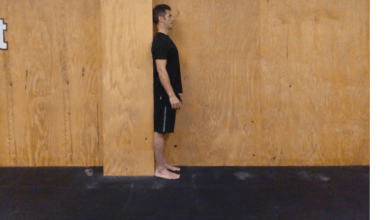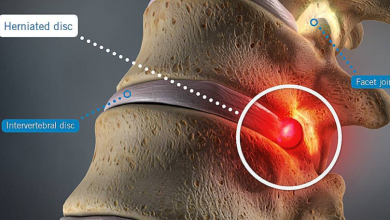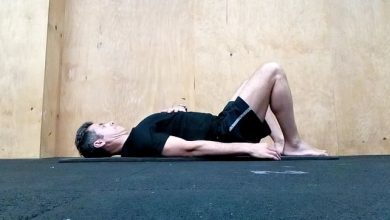Causes and solutions for Goosefoot Tendinitis
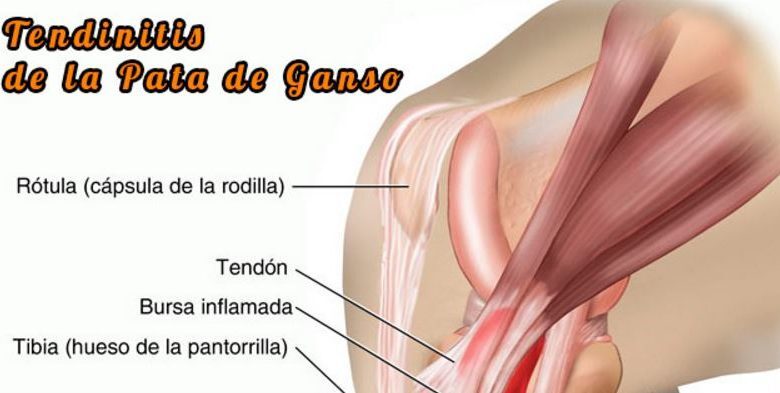
It is a typical injury in runners, even greater in the long distance and has higher incidence in women. The symptoms are mostly pain, burning and swelling of the area
Our collaborator Clínica FisioPinar tells us on this occasion why this injury appears, its symptoms and its treatment.
When we talk about the goosefoot, we talk about three tendons that join in the same insertion, on the inside of the knee, below the joint line. The tendons that come together are from the Sartorius, Rectus medialis and Semitendinosus muscles. Curiosity is the resemblance that this union has with the geese leg.
La Goose paw tendinitis is when there is an inflammation of this tendinous union. Also in the area there is a bursa, a bag of fluid between the tendon and bone that acts as a cushion, and when it becomes inflamed, it causes goose-foot bursitis and presents with the same symptomatology as tendinitis.
It is a typical injury in runners, even greater in the long distance and has higher incidence in women. The symptoms are mostly pain, burning and swelling of the area. It hurts on palpation and you can notice the area bulging. Pain and burning may be constant throughout the race, and even in everyday life when going to get up from a sitting position (like getting out of the car, getting up from a chair ..) In the most acute cases there may be pain at night and at rest.
Causes
The causes can be varied, from a Inadequate footwear poorly cushioned or worn, overweight, anatomical alteration of the knee (valgus knees) or foot (flat feet), or a shortening of the hamstring muscle or adductor among others. It is an overuse injury, many times it is created by overtraining and by not respecting rest times.
Transmission
The indicated treatment will be repose, if the pain is nocturnal we will put a cushion between both legs to avoid rubbing that pain increases, discharge massage in the muscles involved, cyriax massage in the zone , radiofrequency o Hyperthermia to reduce inflammation and regenerate tissue, very important muscle stretching during treatment and to avoid possible relapses. Finally, it would be important to check the footprint in case it is necessary to change your footwear or insoles.
By restarting the exercise, it would be very helpful during the first weeks functional bandages on the area or the kinesiotape, which our physiotherapist can teach us to put it on. Remember that the beginning again is gradual and respecting the breaks and of course to avoid relapses warm up and stretch before and after.
Contact Clinic Fisiopinar
Street of Caleruega, 18 28033 Madrid
T
Website:http://www.clinicafisiopinar.es
Photo: voyacorrer.com
There are no previous results.







